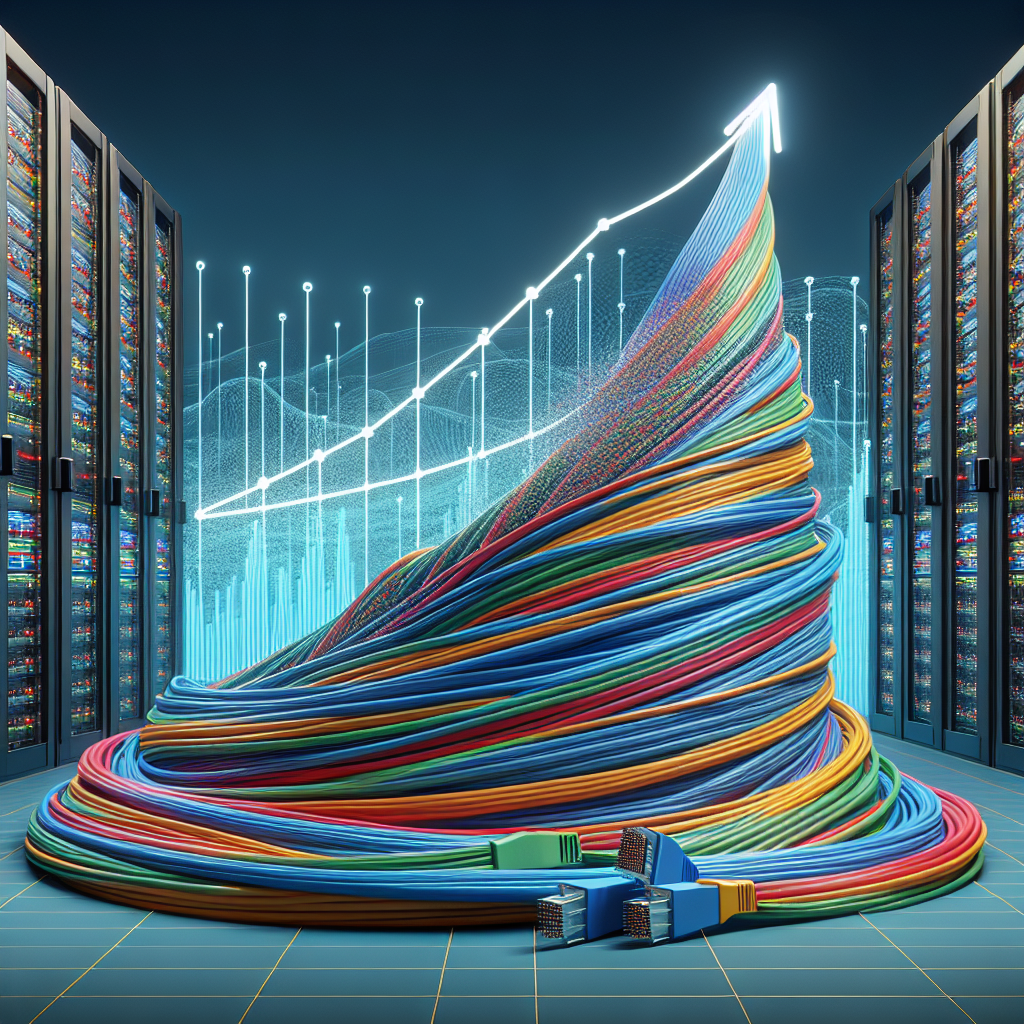Your cart is currently empty!
How Data Center Cabling Impacts Overall Network Performance

Data center cabling is a crucial component in ensuring the overall performance of a network. The way in which cables are installed and managed can have a significant impact on the speed, reliability, and efficiency of data transmission within a data center.
One of the main ways in which data center cabling can impact network performance is through the speed of data transmission. High-quality cables that are properly installed and maintained can help to ensure that data is transmitted quickly and efficiently between servers, storage devices, and other network components. On the other hand, poorly installed or damaged cables can lead to slower data transmission speeds, increased latency, and a higher risk of data loss or corruption.
In addition to speed, the organization and management of cables within a data center can also impact network performance. Proper cable management techniques, such as using cable trays, racks, and labels, can help to reduce cable clutter and prevent cables from becoming tangled or damaged. This can make it easier to troubleshoot network issues, upgrade equipment, and scale the network as needed.
Furthermore, the type of cables used within a data center can also impact network performance. For example, fiber optic cables are capable of transmitting data at much higher speeds and over longer distances than traditional copper cables. By using fiber optic cables for high-speed connections between servers and switches, data centers can ensure that their network can handle the increasing demands of modern applications and services.
Overall, data center cabling plays a critical role in determining the performance of a network. By investing in high-quality cables, properly installing and managing them, and using the right type of cables for specific applications, data centers can ensure that their network operates at peak performance levels. Failure to do so can lead to decreased speed, reliability, and efficiency, ultimately impacting the overall performance of the network and the ability of the data center to meet the needs of its users.

Leave a Reply